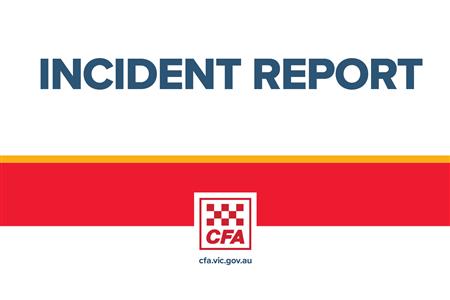The Grains Research and Development Corporation (GRDC) has partnered with the Queensland Department of Agriculture and Fisheries (DAF) and the Woods Group to explore pigeonpea as a new broadacre summer pulse crop option in Queensland and northern NSW.
The projects build on previous DAF investment in 2020 that found that pigeonpea has clear potential to move beyond its current role as a trap or refuge crop for cotton, to become a key summer pulse crop for the northern grain growing region.
According to GRDC grower relations manager – north, Rebecca Raymond, this business case and subsequent industry engagement with stakeholders has pointed to the potential of pigeonpea to become a viable cropping option. However, to establish a minimum viable industry, growers want to see viable and profitable varieties and evidence of a pathway to production success.
“Through consultation via GRDC’s National Grower Network, and building on previous work done by DAF, we know that the northern grains industry needs a robust summer pulse that is easier to manage and more adaptable than current options, particularly for the drier and hotter regions of south-west Queensland and north-west New South Wales,” Ms Raymond says.
“However, we need to do a bit more work to establish a pathway to production success and everything needed for a sustainable pigeonpea industry in the region, so we’ve partnered on these investments to do exactly that.
“DAF’s work will focus on new pigeonpea varieties and genetic research to support the industry, and the Woods Group will investigate the development of a full agronomic package, proving pathway to production success.
“Our goal is to provide Queensland and northern NSW growers with a new high-value crop option that not only adapts well to our summer conditions but also contributes to sustainable farming practices by reducing the need for nitrogen fertilisers.”
According to principal research scientist at DAF Crop and Food Science, Bruce Winter, a number of field walks will give growers an opportunity to view the new pigeonpea lines first-hand.
“Queensland DAF is testing new lines of pigeonpea developed by the International Crops Research Institute for the Semi-Arid Tropics (ICRISAT) that are characterised by earlier maturity and shorter height, making them suitable for the northern region’s conditions. We will be holding field walks to showcase the varieties throughout the start of 2024,” he says.
“The first of these field walks was held at the Kingaroy Research Facility in January. These will be followed with a pigeonpea field walk at Tosari Crop Research Centre near Millmerran on Friday March 1, and a combined pigeonpea and mungbean field walk at Warra on Friday March 8.
“We know that Queenslander farmers need a high-value, widely adaptable broadacre summer pulse crop and our commitment to this extends beyond just trials.
“DAF is also conducting further research on integrated pest and weed management strategies for pigeonpea so that better insecticide and herbicide technology is available when the pigeonpea is grown commercially.”
According to Woods Group director, Angus Woods, the development of agronomic resources for pigeonpea growers is essential for ensuring the development of a pigeonpea cropping industry in the region.
“Pigeonpea presents an exciting opportunity for Australian farmers. It’s not just about diversifying crops but also about tapping into new markets and leveraging the success we’ve seen with other pulses like chickpea and mungbean.
“Our aim is to ensure that as we build this industry, growers have the necessary support and information to succeed, especially considering the significant market potential in the Indian subcontinent, where pigeonpea is a staple,” he says.








